Related Research Articles

Mehmet Fuat Köprülü, also known as Köprülüzade Mehmed Fuad, was a highly influential Turkish sociologist, turkologist, scholar, Minister of Foreign Affairs and Deputy Prime Minister of the Republic of Turkey. A descendant of the prominent Köprülü family, Fuat Köprülü was a key figure in the intersection of scholarship and politics in early 20th century Turkey.

The Sultanate of Rûm was a culturally Turco-Persian Sunni Muslim state, established over conquered Byzantine territories and peoples (Rûm) of Anatolia by the Seljuk Turks following their entry into Anatolia after the Battle of Manzikert (1071). The name Rûm was a synonym for the medieval Eastern Roman Empire and its peoples, as it remains in modern Turkish. The name is derived from the Aramaic (rhπmÈ) and Parthian (frwm) names for ancient Rome, itself ultimately a loan from Greek Ῥωμαῖοι (Romaioi).

Musa Kâzım Karabekir was a Turkish general and politician. He was the commander of the Eastern Army of the Ottoman Empire at the end of World War I and served as Speaker of the Grand National Assembly of Turkey before his death.
Armenians in Turkey, one of the indigenous peoples of Turkey, have an estimated population of 50,000 to 70,000, down from a population of over 2 million Armenians between the years 1914 and 1921. Today, the overwhelming majority of Turkish Armenians are concentrated in Istanbul. They support their own newspapers, churches and schools, and the majority belong to the Armenian Apostolic faith and a minority of Armenians in Turkey belong to the Armenian Catholic Church or to the Armenian Evangelical Church.

İlber Ortaylı is a Turkish historian and professor of history of Crimean Tatar origin at the MEF University, Galatasaray University in Istanbul and at Bilkent University in Ankara. In 2005, he was appointed as the director of the Topkapı Museum in Istanbul, until he retired in 2012.
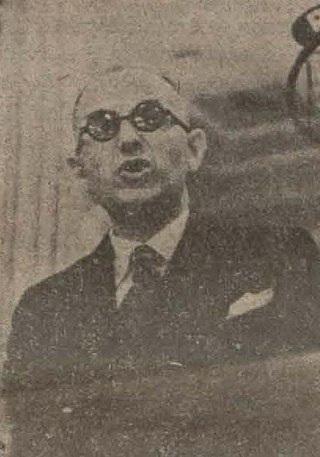
Agop Dilâçar was a Turkish-Armenian linguist who specialized in Turkic languages and the first Secretary General and head specialist of the Turkish Language Association. He created the Latin-based modern Turkish alphabet and was proficient in 12 languages, and in addition to Armenian and Turkish, Dilâçar knew English, French, Greek, Spanish, Azerbaijani, Latin, German, Russian and Bulgarian.
Halil İnalcık was a Turkish historian. His highly influential research centered on social and economic approaches to the Ottoman Empire. His academic career started at Ankara University, where he completed his PhD and worked between 1940 and 1972. Between 1972 and 1986 he taught Ottoman history at the University of Chicago. From 1994 on he taught at Bilkent University, where he founded the history department. He was a founding member of Eurasian Academy.
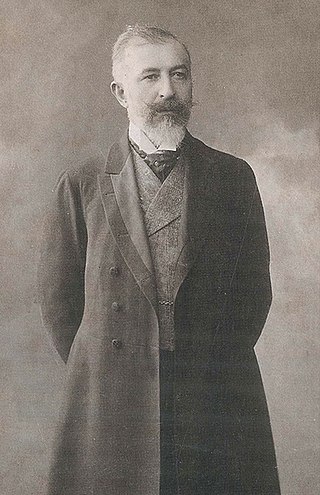
Halid Ziya Uşaklıgil was a Turkish author, poet, and playwright. A part of the Edebiyat-ı Cedide movement of the late Ottoman Empire, he was the founder of and contributor to many literary movements and institutions, including his flagship Servet-i Fünun journal. He was a strong critic of the Sultan Abdul Hamid II, which led to the censorship of much of his work by the Ottoman government. His many novels, plays, short stories, and essays include his 1899 romance novel Aşk-ı Memnu, which has been adapted into an internationally successful television series of the same name.

Berç Türker (1870–1949) was an Ottoman-Turkish bank executive and politician of ethnic Armenian origin.

Ahmet Şimşirgil is a Turkish "historian".
Lefkeli Mustafa Pasha was an Ottoman statesman. He was Grand Vizier of the Ottoman Empire in 1622 and governor of Egypt in 1618.
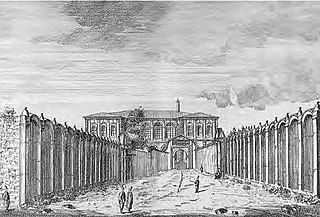
Halil Hamid Pasha, also Khaleel Hameed Basha (1736–1785) was the grand vizier of the Ottoman Empire from 31 December 1782 to 30 April 1785. He was of Bosnian origin. He was especially instrumental in inviting foreign experts, especially French ones, to the Ottoman Empire from 1784.
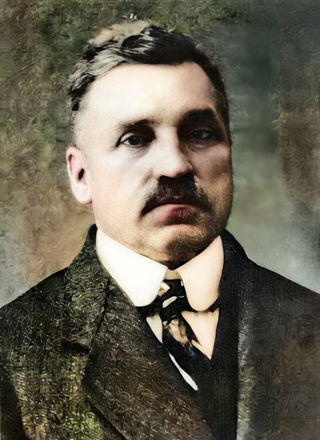
Selanikli Mehmed Nâzım Bey also known as Doktor Nazım was a Turkish physician, politician, and revolutionary. Nazım Bey was a founding member of the Committee of Union and Progress, and served on its central committee for over ten years. He played a significant role in the Armenian genocide and the expulsion of Greeks in Western Anatolia. He was convicted for allegedly conspiring to assassinate Mustafa Kemal Atatürk in İzmir and was hanged in Ankara on 26 August 1926. He also served as the chairman of the Turkish sports club Fenerbahçe S.K. between 1916 and 1918.
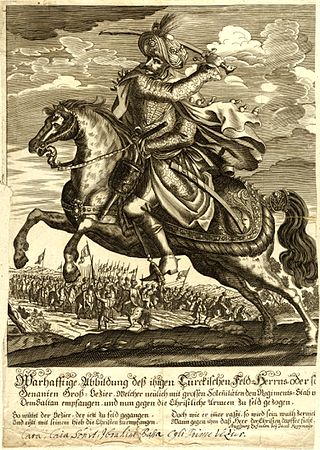
Bayburtlu Kara Ibrahim Pasha was an Ottoman statesman. He was Grand Vizier of the Ottoman Empire from 25 December 1683 to 18 November 1685. He was also the Ottoman governor of Egypt from 1669 to 1673. He was of Turkish origin
Seyyid Hasan Pasha was an Ottoman grand vizier in the 18th century.
Hagop Vahram Çerçiyan was a professor of mathematics, geography, and calligraphy at the Robert College of Istanbul, known for designing the signature of Mustafa Kemal Atatürk, the first president of Turkey.
Erhan Afyoncu is a Turkish historian, writer, academician, television programmer and columnist. Rector of the National Defense University.

Mahmut Esat Bozkurt was a Turkish jurist, politician, government minister and academic. His birth name was Mahmut Esat. But after the adaptation of the Turkish Surname Law in 1934, he chose the surname Bozkurt in remembrance of the Grey Wolf, a symbol for Turkdom. The surname also refers to the Turkish steamer S.S. Bozkurt in the Lotus case. He was in the intellectual environment of the Turkish Hearths for almost two decades.
References
- ↑ Toumarkine, derleyenler, Noémi Levy, Alexandre (2007). Osmanlı'da asayiş, suç ve ceza : 18.-20. yüzyıllar (in Turkish). İstanbul: Türkiye Ekonomik ve Toplumsal Tarih Vakfı. p. 107. ISBN 9789753332156.
{{cite book}}: CS1 maint: multiple names: authors list (link) - ↑ Ihsanoglu, Ekmeleddin (1985). Türk kimya eserleri bibliyografyası: (basmalar 1830-1928) ve modern kimya biliminin Türkiye Cumhuriyetinin kuruluşuna kadar olan durumu ve gelişmesi (in Turkish). İslâm Tarih, Sanat, ve Kültür Araştırma Merkezi. p. 19.
- ↑ "Acta Medicinae Legalis et Socialis". Acta Medicinae Legalis et Socialis (in French). 15–16. 1962.
- ↑ "Yurdumuzda Adli Tıp Öğretimi" (in Turkish). I.T.U. - Istanbul University Tip Fakueltesi. Archived from the original on 9 May 2007. Retrieved 26 November 2012.